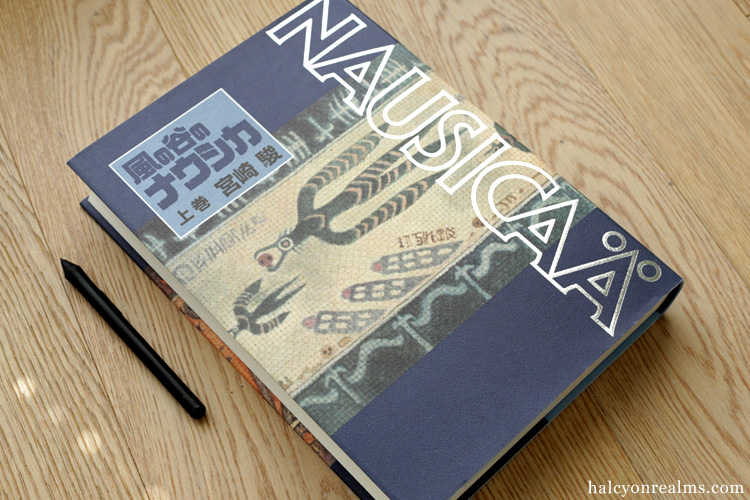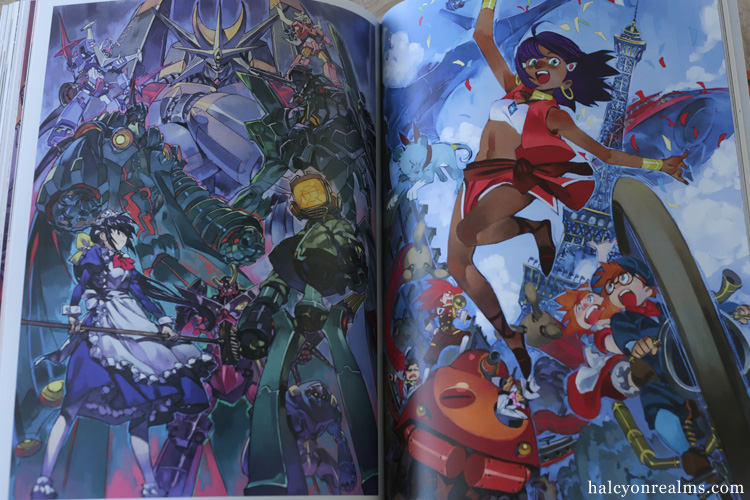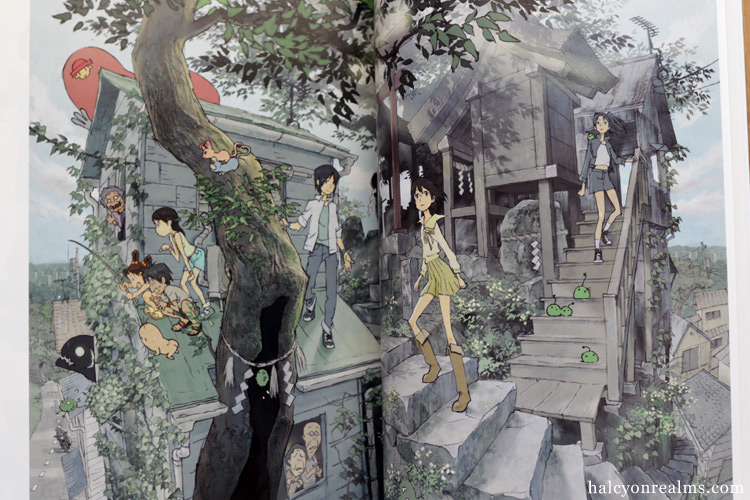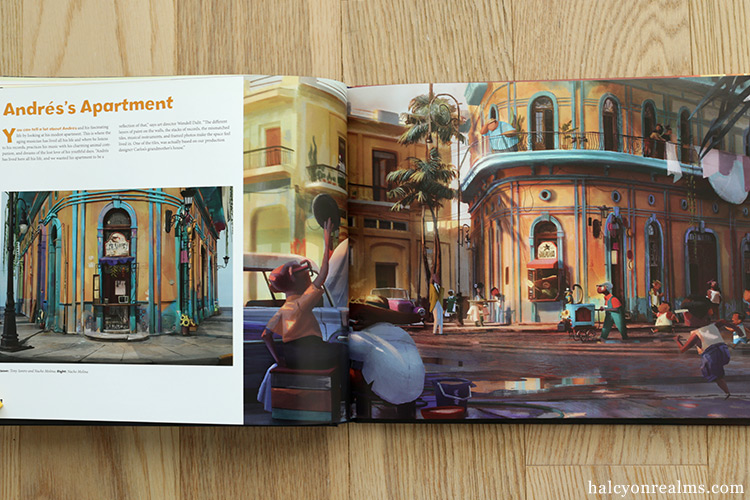A little while back I wrote about Project 2501, a visually stunning tribute to Mamoru Oshii’s Ghost In The Shell anime, helmed by director/CG artist Ash Thorp. We’re incredibly lucky as he took some time off his busy schedule for this written interview, where talks to us about his work, inspirations and personal projects :
1) Please tell us a little about yourself.
Hello everyone, my name is Ash Thorp, and I live in San Diego, California, where I work from my home office on feature films and various projects. I am currently working on graphics and vfx sequences for undisclosed clients, but I’m also expanding my scope of work by initializing some of my own film projects and intellectual properties.
2) I understand your artistic training is primarily in graphic design. How did you find yourself/transition into the vfx/film industry ?
Yes, I would suppose that you could say my “formal” training was primarily in graphic design, but I have always had a focus and a drive for illustration and expressing myself through traditional art forms. I honestly don’t see a separation between the two types. To me, it’s all the same principle of building a compelling image.

Since I see things from that personal perspective, I think that might have given me the competitive edge in transitioning to work on VFX and feature films. Ultimately, my career path is built on a relentless work ethic and desire to throw myself into challenges for the benefit of progression. Pushing myself beyond normal boundaries has truly helped in my artistic evolution.
3) Your portfolio includes design work on such heavyweight films like Thor, Ironman 3 and Prometheus. Granted that each project has different working styles and requirements, can you can step us through, in broad strokes, your general workflow/process on such a project, from start to finish ? How much time are you usually allocated on a major feature film project ?
Each project is like its own unique relationship. The people, the teams, their expectations and timelines, and your abilities are all constantly changing. So for me, when I start a new project, it’s as if I am hitting a reset button each time and entering into a brand new stage of unknowns.
Since films are made incredibly fast with multiple people, timelines shift and what you may think is allowed 3-4 weeks to complete, is usually compacted into 3-4 days. So the pressure is incredibly high, as there never seems to be enough time to do what you truly wish to visually accomplish. The time spent on each of my past projects has ranged anywhere from a couple months to almost two years on one film.


As for my workflow process, after I receive the brief on a film, I try to just take some time to allow it to absorb in my head and solely build it all out in my mind without touching paper, or especially the computer. The computer is indeed an exceptional tool, but I feel it doesn’t solve problems conceptually like you can with your own extraordinary mind.
Once I have constructed a mental picture or pathway for where I would like to lead this project, that is when I grab my sketchbook and quickly get the ideas or energy out onto paper. These scribbles of sketches aren’t consumed with details and are kept generally small; they are used to help serve as a reminder of my initial insight and to stay focused on that direction. After I get the idea sketched out on paper, it is at this point that I begin to incorporate the computer and start to build the concepts using Photoshop, Illustrator, Cinema 4D, or other 3D programs.

With time being a key factor with these projects, I have taught myself through experience to work quite efficiently and build upon things at each stage. Once I get the visuals to a satisfactory result, it is sent off to the client for feedback and to further build from there.
4) As a professional who have worked on so many ending sequences for films, what are some opening / ending sequences (done by other artists) that you like ?
I particularly enjoy the work my friend, Danny Yount. You can really feel his work because he loves what he creates and it transcends in each sequence. Projects like the Six Feet Under, Iron Man II, or Rock N Rolla are all wonderful examples of the craft at its most excellent play. I also really love the intro to Cowboy Beebop as well, because it fits the show so perfectly. To me a great opening sequence sets you up for the ride you’re about to enjoy.
5) Project 2501 – What was the primary impetus that set you on this project ? In your “remake”, what did you want to do differently, in terms of visual aesthetics ? What did you want to preserve from the original ?
I really just wanted to pay an honest respect to some of my favorite creators from childhood, and I grew up watching Ghost in the Shell and reading the manga. Both of these properties changed my life, and I felt that no one had really paid a proper homage or translated it appropriately into film/VFX. I love the original film and watch it frequently, so I wanted to be cautious in preserving that feeling it gives each time I watch it. So I knew that there were some very iconic shots that I had to emulate down to the very detail, like when she’s first shown in mechanical form, then later sitting and looking out into the city, and when she’s finally fully composed in synthetic skin.

For the other shots where we had more liberty, I wanted to approach it with an artistic eye, allowing simplicity and form to take charge of the frame and invoke the viewer to feel. For these images, it wasn’t about the detail or the 3D, it was more about a mood, a tone, and a feel that came from it all. I didn’t want the viewer to be caught up in the technical aspects, but rather consumed by their own emotional response, whatever that may be.
6) Project 2501 – I understand the artists involved are made up of a very global mix of talent, how did you manage to assemble the team, and what were the challenges involved with the artists working in different locations ?
The team grew immensely as the project evolved. What simply started off as a fun idea that my friend, Filipe Carvalho, and I had discussed, then somehow transformed into a large-scale underwater photo shoot collaboration with world-renowned photographer, Tim Tadder. Once we got the images back from the photo shoot, we realized that we couldn’t stop here. There was a drive to take these compelling images to an even higher level and further expand its depth with the addition of 3D.

However, since 3D is so time consuming and all the artists were working only in their spare time, the crew grew larger and larger as everyone helped one another out when they could at various stages of the process, from modeling, texturing, lighting, compositing, and to doing a final color grade of the entire piece. It was an insane amount of work, and everyone that took part really did an amazing job and owned their contribution to the project.

Managing a team of over 30 individuals from all around the world was one of the more challenging tasks for me that I have ever endured on a project. My role in my career thus far has been more on the creative side, so producing was a relatively new adventure. I learned quickly that this project required a clear voice and someone to help push things along on a daily basis. I had to be able to help anyone out at any time with sending files, giving notes, building files, making sure people were on track, and knowing what myself and the team needed.
Needless to say, this was very taxing and involved a lot of sleepless nights since I had to be awake and accessible at various timezones around the world. I spent a multitude of hours on Skype calls and using Basecamp to keep everyone on the same page, it was incredibly daunting at times but the end result was absolutely worth it. The project never slept, and the team worldwide helped keep the momentum going.
7) With the success of Project 2501, do you have future plans for any similar projects ?
I would love to build something else out at this level, as I feel I have learned and grown so much from this project. I have a few ideas in mind and things in process, but nothing is final just yet. Perhaps the next time I release a project, it will be 90 minutes long. I will see what comes of all of this effort, but even if nothing does, it doesn’t matter because we accomplished what we set out to do… to create the ultimate tribute.
8) Besides Mamoru Oshii and GITS, what other animation/film/artists/directors have shaped your sense of aesthetics, or inspired you in a major way ?
Wow, there are too many to state them all. I am inspired by so many creators out there, ranging from Kawajiri to David Fincher. The list for me goes on and on. I like to be inspired by so many different things, and by keeping it limitless, I feel it gives my artistic view a unique presence. To me, I feel nothing is truly original because our thoughts are all intertwined, connected, shared, and enjoyed on a collective unconscious level of humankind. To sum it up, I just enjoy the influences I have acquired and build things from the feelings and emotions they’ve given me.
9) Can you tell us a little more about your “Lost Boy” series of illustrations ?
YES! It has always been a goal and a childhood dream of mine to create a book or a graphic novel of my own illustrative work, and I aspire to do that with “Lost Boy.” Right now, I have roughly 275+ sketches at various stages that I aim to turn into a book and other collectives. More than likely, I will launch a Kickstarter towards the end of the year which will include various offerings of the book, original art, posters, t-shirts, prints, 3D prints of sculptures, and some possible Bronze sculptures of the characters that my friend, Rafael Grassetti, is helping build.

Ultimately, I just want to have fun creating a world based on my influences and “Lost Boy” is my way of achieving that dream. I have a feeling that by the time I finish its development, it will have become something entirely of its own doing. Stay tuned for the Kickstarter!
10) What advice would you give to budding visual artists working in the design/vfx industry, especially if they want to create a unique look or style of their own ? What skill set would you deem to be invaluable ?
I think the best advice I can give to anyone of any discipline is to stay humble, be hungry, be thankful, and work incredibly hard to chase your dreams and goals. Everything else comes second to that. Best of luck to you all!
To see more of Ash’s work, visit www.ashthorp.com.
All images in this article are Copyright © 2014 ALT Creative, Inc. or their respective copyright holders.
For the full list of credits on Project 2501, visit www.gits2501.com.
7

 Bahi JD – Artist Interview Part I
Bahi JD – Artist Interview Part I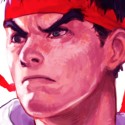 Bahi JD – Artist Interview Part II
Bahi JD – Artist Interview Part II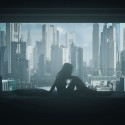 Project 2501 : Homage To Ghost In The Shell
Project 2501 : Homage To Ghost In The Shell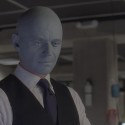 VFX Breakdowns 2017
VFX Breakdowns 2017 Interview With Don Brown – Japanese Film Subtitler/Translator
Interview With Don Brown – Japanese Film Subtitler/Translator


